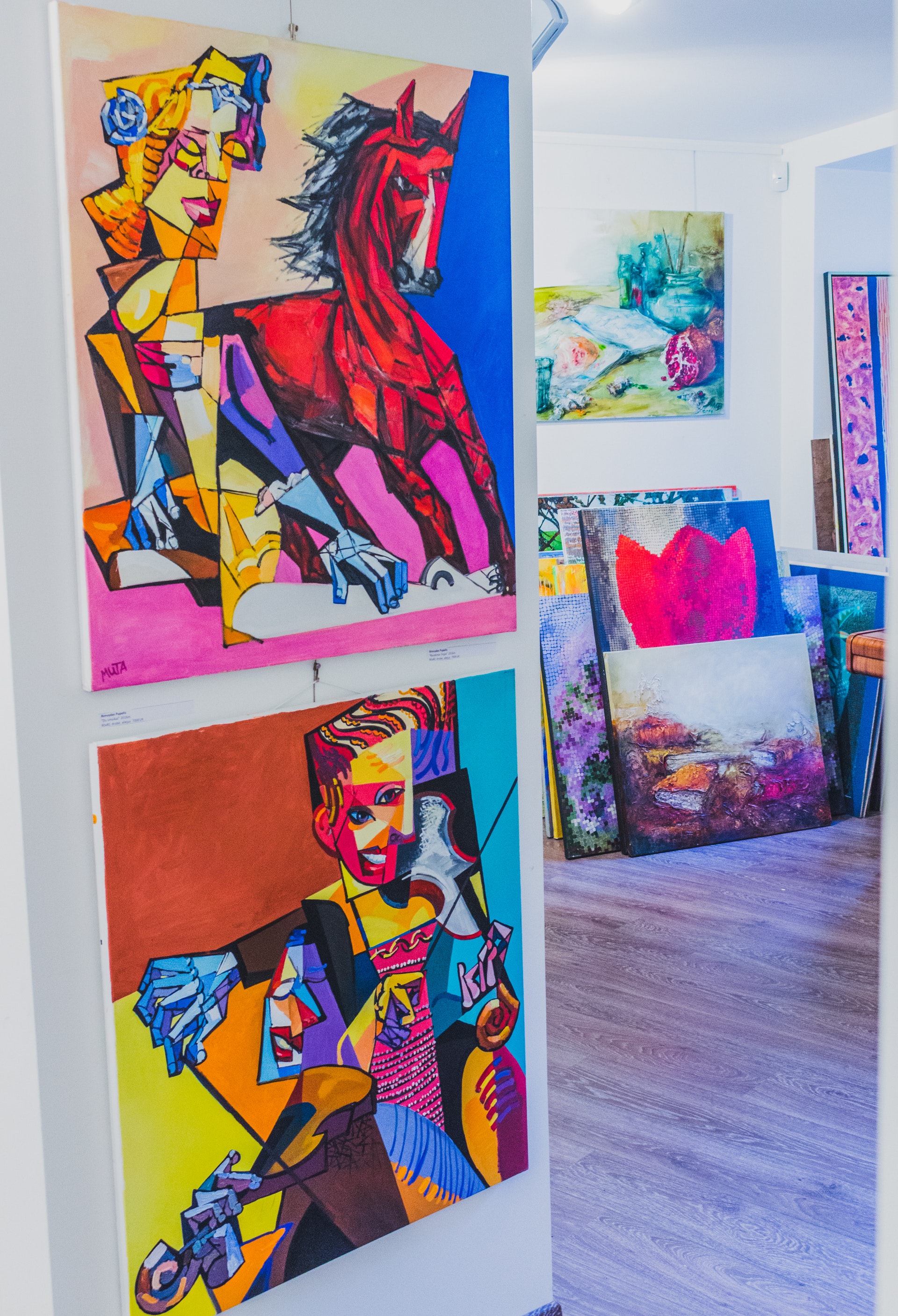
There are few things worse than getting scammed when you buy something, especially if the piece or product is of relatively high value. As you can imagine this happens a great deal in the art world as there are so many pieces which are easy to fabricate. This is even more true when it comes to ancient Egyptian artifacts and ancient coins, they are easy to replicate, tough to spot and they could end up costing you a lot of money. To ensure that you are not deceived by a fraud, we spoke to the curator at the Sadigh Gallery here in New York to find out what you can be doing to ensure that you don’t get scammed.
Knowledge
Knowledge is power when it comes to buying art and if you want to avoid buying fake antiques or art pieces then knowledge is going to be your greatest ally. Let’s say that you are buying an ancient coin, it isn’t just about knowing what the coin looks like, you should also be able to spot tell-tale signs which indicate that the piece isn’t real. You should be aware of what kind of metal should be used, what that metal looks like, how it marks, how it discolors. You should also be aware of little marks and indentations, proof marks and other details which will indicate authenticity. The same rules go for every type of art or antique, do your research, check your sources and arm yourself with as much info as possible.
Trust Instincts
If you have concerns over a piece because it seems like a great deal or because the piece is particularly rare, do what you can to check it out but ultimately if it doesn’t smell right then just don’t buy it. The worst thing that can happen if you opt against buying a piece is that you miss out on a great piece, if you do buy it and it is a fake then the worst case scenario is that you lose a lot of money. Trust your instincts when you find a deal which is too good to be true.
Online
Unless you are buying from a ubiquitously trusted seller online then don’t part with large amounts of cash for pieces of art or antiques. The number one place to pull of a scam or a trick is online, especially given that you cannot inspect the piece before buying. If you find a piece which you really want and you are able to go and see it then this is different, if you will be buying purely online then don’t risk it unless it is low priced.
Appraisals
Getting a second opinion on pricy pieces if always recommended, even if you are buying from a reputable seller. A second opinion will not only help you to avoid buying a fake, it can also help you to understand whether or not the price is fair. This will cost money so only do so if you are going to be spending a lot, or if you are really unsure about the authenticity of the piece.